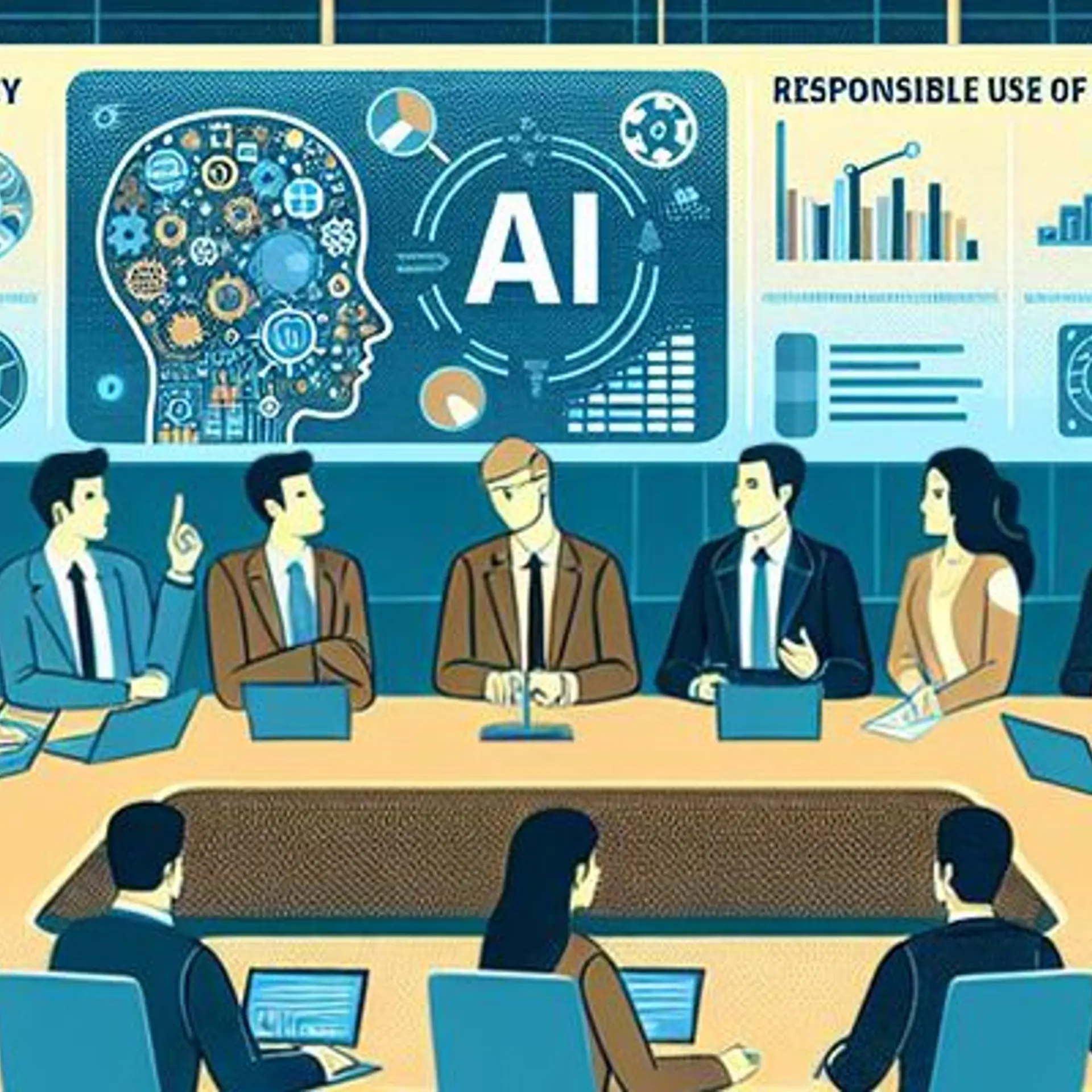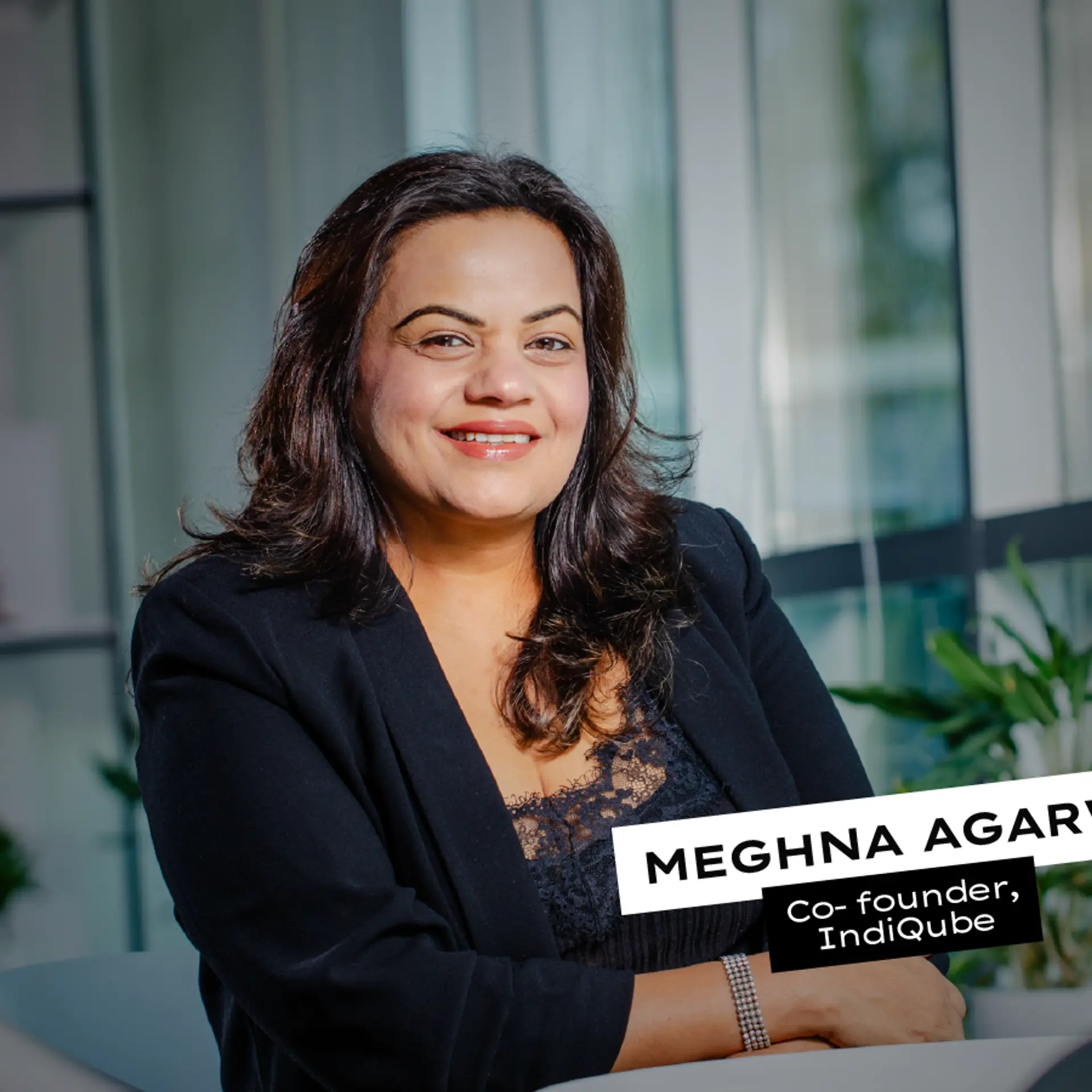The DeepSeek threat: India may have a GPU problem and it needs to act fast
India procured approximately 19,000 GPUs, exceeding its initial target. However, experts caution the country may face challenges in data centre readiness, domestic chip design, and dependence on external suppliers.
Until now, India had largely been left out in the global race for AI dominance, with OpenAI’s ChatGPT, Google’s Gemini, and other tools vying for the country’s AI chatbot market share. And, DeepSeek, the Chinese AI model built at a substantially low cost, has one-upped the game despite privacy concerns. But India too has some cards up its sleeve.
In a major step towards achieving its AI ambitions, Union Minister of Electronics and IT Ashwini Vaishnaw on January 30 announced plans to develop India’s own foundational model. It would be part of IndiaAI Mission’s target to build a large language model (LLM) in less than a year. The programme has also invited proposals from startups, researchers, and entrepreneurs to collaborate on building state-of-the-art foundational AI models trained on Indian datasets.
According to multiple reports, this bold plan leans heavily on computing infrastructure. India claims it has already exceeded its original target of procuring 10,000 GPUs through public-private deals, stockpiling a total of 18,600 GPUs—including several Nvidia H100 and H200 chips purpose-built for AI infrastructure and workload, along with those offered by AMD.
The Minister compared China’s DeepSeek, reportedly trained on around 2,000 GPUs, to ChatGPT, which utilised 25,000 GPUs. Additionally, he added that India currently maintains a fleet of more than 15,000 high-end GPU units.
So is that all it takes to thrust India into the AI limelight? Not quite.
Anthropic CEO Dario Amodei, in his most recent paper, argued that major AI powerhouses in the US and China are flexing a far bigger muscle. DeepSeek alone, Amodei says, may have 50,000 of Nvidia’s latest Hopper-generation chips—a haul worth about a billion dollars.
That makes a world of difference in both hardware and funding, and India needs to catch up fast in the global GPU race.

Limited GPU infrastructure
GPUs are the backbone of AI model training. Despite the GPU stockpile, experts have cautioned that India’s path forward hinges on aligning hardware capabilities with AI research as there is a pressing need for data centre infrastructure necessary for large-scale AI training.
“The capability to support large-scale AI model training extends beyond mere GPU availability—it will have to consider needs such as data centre infrastructure, energy efficiency, cooling systems, and high-speed networking. The current GPU acquisition is a positive development, but continuous investment in these supporting infrastructures is essential to meet the escalating demands of AI R&D,” Karan Kirpalani, CPO, Neysa tells YourStory.
A S Rajgopal, CEO of NxtGen, a data centre solutions provider, points out that the country’s existing data centre infrastructure isn’t equipped to handle the intense computational requirements of large-scale AI training.
“No data centre in India is designed to handle 100kW; it is commercially unviable if a traditional design is done for such high power consumption. We are deploying H200SXM (Nvidia) and MI325X (AMD)—both are rated to consume about 10kW and eight servers in each rack, amounting to a rated power consumption of 80kW per rack. In reality, actual consumption is about 56% of the rated capacity.”
The firm is using direct liquid cooling to handle the majority of the heat load from GPUs and CPUs, which account for about 80% of overall consumption, while traditional air cooling manages the remaining 20%.
AI workloads demand high-density racks (50kW+ per rack). However, most existing facilities are not designed to handle these loads, necessitating liquid cooling or immersion cooling solutions to manage heat efficiently.
“Indian data centres need to rapidly invest in AI-optimised infrastructure, offering pre-configured GPU-ready offerings that can cater to larger AI workloads. The rollout of AI-ready data centres powered by sustainable, hybrid energy solutions can help improve efficiency and long-term viability,” Kirpalani adds.
However, the most important challenge remains scaling up the GPU capacity.
“The US government has placed export restrictions on GPUs sold to India, capped at 50,000 GPUs (not per year or a defined period, but overall). This restriction only impacts the Indian companies whereas US-headquartered hyperscalers can continue to procure an unrestricted number of GPUs. This will ultimately limit the capability of Indian players,” explains Prateek Jhawar, Managing Director and Head of Infrastructure and Real Assets at Avendus Capital.
The other argument claims that India’s talent and resources are sufficient for indigenous GPU development. Companies like and Krutrim AI have already started developing foundational models in Indic languages.
“Imported chips and enormous data centres aren't necessary for innovation. The capacity exists within the country and we must create our own GPUs and develop state-of-the-art models, such as LLMs, using Indian languages considering we possess an abundance of data that can be employed as a tactical advantage,” says Ajai Chowdhry, Founder of HCL and Chairman of the EPIC Foundation.
“We must now design our own chips and GPU so that we don’t get affected by sanctions in future," he adds.
Somshubhro Pal Choudhury, Partner, Bharat Innovation Fund agrees that the government can facilitate cheaper access to GPUs. “India’s focus on Indian language foundational models, optimised open-source models and local data utilisation for training could position it advantageously in the AI landscape.”
Push for self-reliance
Beyond infrastructure, NxtGen announced free public access to DeepSeek’s AI model, aiming to accelerate open-source AI adoption. This move allows enterprises to integrate DeepSeek without licensing fees.
With massive discounts, NxtGen is offering an 80% reduction in cost for traditional cloud platforms.
“As we have seen in the IndiaAI bid, comparable offerings from global cloud providers cost 10-15X more! As long as we can build a stable platform, it is easy to compete with global players,” Rajgopal notes.
Bhaskar Majumdar, Managing Partner at Unicorn India Ventures, warns that relying exclusively on Nvidia could backfire as more power-efficient chips may emerge in the future.
"I strongly believe that India should see AI as a solution rather than software. India is jumping on to AI mission with massive Nvidia GPU purchase plans. Indian solution makers are also thinking of AI as building it on top of Nvidia cloud accelerators. The DeepSeek moment is a reminder that accepting the status quo is a wrong strategy,” proclaims Majumdar.
Bruce Keith, Co-founder and CEO of InvestorAi, notes that low-cost DeepSeek has given nations lacking high-end GPU infrastructure a major opportunity to leapfrog.
"DeepSeek R1 has definitely challenged the dominance of a few players in the models and data ecosystem. The announcement drives home the importance of innovation and focusing on the applications and data rather than just the processing power. This genuinely democratises AI…,” says Keith.
“However, from a supply/demand perspective, the GPU market, which Nvidia dominates, is still far away from hitting peak demand,” he observes.
However, Chowdhry emphasises that DeepSeek’s quick development is a wake-up call for India to act with urgency.
“The impact of DeepSeek has been phenomenal but what should worry us more is that China is investing heavily in AI, with 50 Tier II labs and nearly 10 anthropic labs including lesser-known companies like Minimax, Quin, and Kimi.ai focusing on related technologies ... In this new unipolar world, every country is on its own, and strategic autonomy is extremely critical,” Chowdhry says.
Edited by Kanishk Singh









